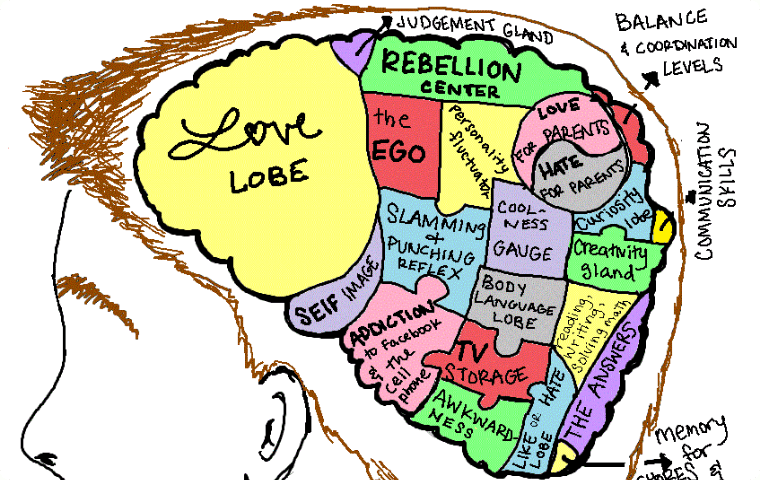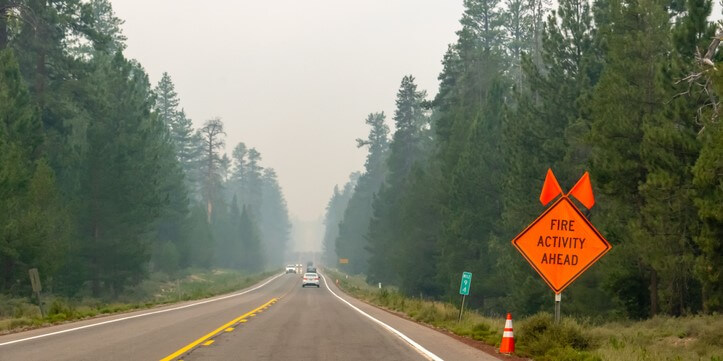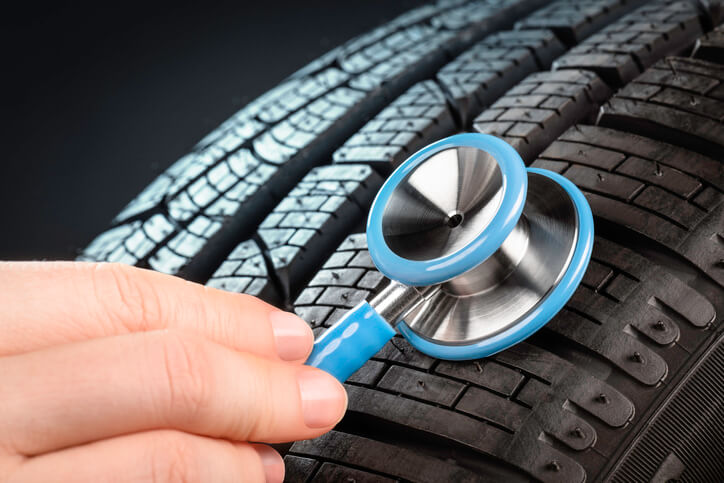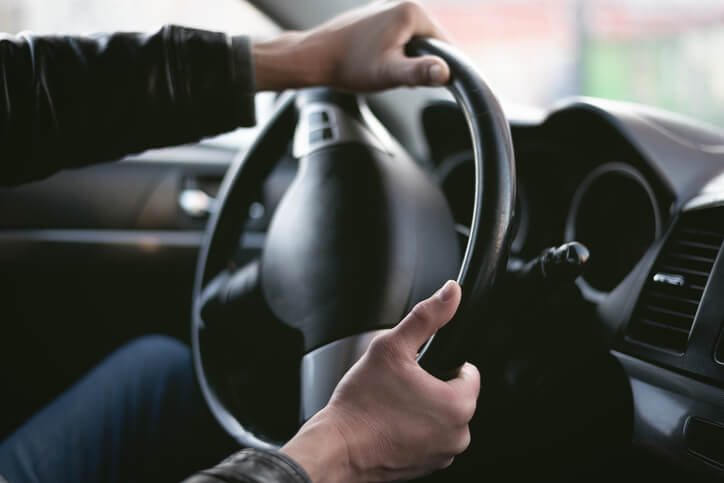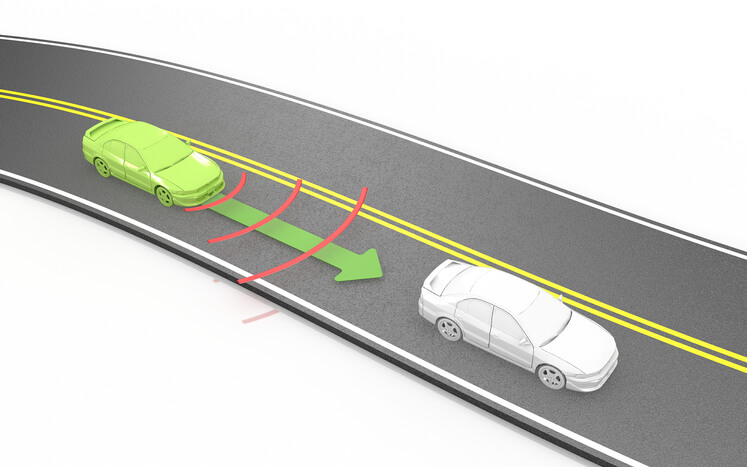In recent years, there has been a concerning increase in road rage incidents across the United States. This increase is so profound that a AAA survey concluded that nearly 80% of drivers had experienced at least one road rage incident in the 30 days before being surveyed. Even more worrying, is that in the time since AAA conducted that survey, the volume of reported road rage incidents, injuries, and deaths, has nearly tripled across the United States.
These events pose a significant threat to road safety and can have severe consequences for everyone involved. So, here at DriverZ, we think it’s time to shed light on the dangers of road rage incidents and provide practical strategies for drivers to stay calm and ensure a safe driving experience.
Understanding Road Rage
Road rage refers to aggressive or violent behavior drivers display in response to a perceived provocation. It can manifest in various ways, such as aggressive tailgating, excessive honking, yelling, obscene gestures, and even physical altercations. The causes of road rage are often multifaceted, including stress, impatience, traffic congestion, and a lack of empathy toward fellow drivers.
Operating a vehicle can be a stressful experience. On anyone’s best day, the rigors of safe driving can present a challenging experience. You’ve got to keep track of traffic from all directions, operate your vehicle safely, monitor your vehicle’s gauges and performance, watch road signs and signals, and listen to the sounds of emergency vehicles. The list goes on and on. If someone is having a bad day, the combined stress of traffic and life pressures could challenge any driver’s emotional equanimity.
The Dangers of Road Rage
Increased Risk of Crashes and Collisions: Road rage significantly raises the risk of crashes and collisions due to aggressive driving behaviors. An agitated or aggressive state while driving can easily lead to speeding, reckless lane changing, disregarding traffic rules, and more negative driving behaviors, all of which create a dangerous environment for everyone on the road.
Escalation of Conflicts: Engaging in aggressive behavior, or responding to another driver’s aggression, can quickly escalate any situation, leading to further anger and potentially violent encounters. These conflicts endanger not only the involved individuals but also innocent bystanders.
Impaired Decision-Making: Experiencing road rage can be an emotionally challenging experience. Behind the wheel, an elevated emotional state can lead to emotional impairment, affecting your ability to make rational decisions. Compromising your decision making while driving is incredibly dangerous, resulting in poor judgment, delayed reaction times, and an increased likelihood of making hazardous maneuvers and getting into a collision.
Avoiding Road Rage Incidents
Practice Patience: Maintaining your patience while driving is one of the most effective ways to avoid road rage incidents. Acknowledge that traffic delays and other frustrating situations are inevitable on the road, because they are. Frustrations behind the wheel are just a part of driving. How you respond to these frustrations, however, is up to you.
Also, always try to give yourself extra time to reach your destination, minimizing the need to rush and become agitated.
Maintain Emotional Control:
- Recognize and maintain emotional control while driving.
- Employ techniques like taking deep breaths, listening to calming music, or engaging in positive self-talk to stay composed.
- Remember that responding aggressively will only escalate the situation and put everyone at risk.
Avoid Provocation:
- Refrain from engaging with aggressive drivers and avoid provoking them further.
- Avoid making eye contact, refrain from responding to offensive gestures, and resist the urge to retaliate.
- Focus on your own driving and let go of any negative emotions caused by the actions of others.
The Power of the SPIDER Method: Implement defensive driving techniques, like the SPIDER Method, to reduce the risks associated with road rage.
Utilizing the SPIDER Method for safe driving will help you to identify dangerous driving situations before they happen, helping you to keep cool and calm behind the wheel.
Utilize Communication Skills: If necessary, calmly communicate with other drivers to defuse potential conflicts. Use courteous hand gestures, such as a friendly wave or nod, to acknowledge mistakes or yield right of way. In case of feeling threatened or endangered, it is crucial to report aggressive behavior to the appropriate authorities.
Remember, no situation on the road is worth taking matters into your own hands. Leave conflict resolution to the professionals, even when you know you’re right.
Avoid Rush Hour Traffic: This can be difficult or impossible depending on your schedule, but where possible, plan your journeys outside of peak traffic hours. Rush hour congestion can significantly trigger road rage incidents, as drivers often become frustrated by slow-moving traffic. Avoiding these periods can decrease the likelihood of encountering aggressive drivers.
In Summary
Road rage incidents pose a serious threat to road safety and the well-being of drivers of all ages and experience levels. Every driver needs to be aware of the dangers associated with road rage and adopt practical strategies to handle and avoid such situations. By practicing patience, maintaining emotional control, avoiding provocation, practicing defensive driving, utilizing communication skills, and planning journeys strategically, we can all work together to contribute to a safer road environment.
Remember, road rage incidents can quickly escalate with severe consequences. Prioritize your safety and the safety of others on the road. Adopting a calm and composed attitude can help defuse potentially volatile situations and promote a culture of mutual respect and understanding among drivers.
Road rage incidents are a growing concern in the United States, posing risks to road safety. By understanding the dangers of road rage and implementing practical strategies to avoid and handle such situations, we can contribute to a safer driving environment.
Remember to practice patience, maintain emotional control, avoid provocation, practice defensive driving, utilize communication skills, and plan journeys strategically.
Together, we can create a safe and respectful driving culture, reducing the incidence of road rage and ensuring a pleasant and secure road experience for everyone.
Stay calm and safe, and let’s make our roads safer for everyone.
Liam Hoch researches and writes about safe driving for DriverZ.
Having been a passenger in multiple near-catastrophic vehicle collisions, Liam knows first-hand the dangers of distracted, reckless, and unsafe driving.
Passionate about our core principles of helping to make safer drivers and, ultimately, saving lives, Liam stays at the forefront of driving safety innovation and research.




